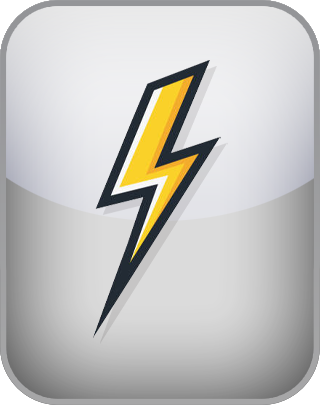Impulsivity Test
This impulsivity test is based on the UPPS-P Impulsive Behavior Scale, a tool that examines different ways people experience and express impulsivity. By assessing five key traits, it provides insight into how individuals respond to emotions, stress, and thrilling experiences. While not a diagnostic tool, this test helps identify personal tendencies toward impulsive behaviors, supporting self-awareness and potentially guiding therapeutic strategies for managing impulsive actions effectively.
Question 1 of 30
I don't like to start a project until I know exactly how to proceed.
| Disagree | Agree |
NEXT
The Impulsivity Test is based on the UPPS-P Scale from Purdue University but is not identical to it.
Sensation seeking describes a preference for novel, intense, and exciting experiences. Individuals high in sensation seeking are often drawn to physically or socially stimulating activities, such as extreme sports, travel, or social events that provide a sense of thrill. This facet of impulsivity is linked to curiosity and risk-taking behavior, as sensation-seekers are willing to explore unfamiliar or unconventional paths to satisfy their desire for new experiences. While this can lead to adaptive outcomes, such as creativity and innovation, it can also result in risky behaviors, particularly if thrill-seeking pursuits involve potential harm or legal consequences.
Positive urgency is the tendency to act impulsively during extreme positive emotions. Those high in positive urgency may overindulge or engage in risky behaviors when feeling excited, euphoric, or overly confident. This impulsivity facet reflects a lack of control over urges, even during joyful or celebratory moments. Positive urgency is associated with difficulties in regulating actions during heightened moods, leading individuals to make decisions they later regret. It differs from negative urgency by focusing on impulsivity driven by positive affect, making it a unique predictor of behaviors such as binge eating, reckless spending, or substance use during highly positive states.
Negative urgency is the tendency to act impulsively in response to distress or negative emotions. Individuals high in negative urgency often engage in rash actions when feeling anxious, angry, or sad, as they aim to alleviate their discomfort immediately. This facet of impulsivity is associated with risk-taking behaviors and difficulty delaying gratification, which can lead to regretful outcomes. Negative urgency is often linked to emotional regulation challenges and has been observed in behaviors such as substance use, overeating, and aggressive responses during heightened negative emotional states.
Lack of premeditation describes a tendency to act without considering potential consequences. Individuals who score high on this facet often fail to pause and reflect before making decisions, resulting in spontaneous actions that may be counterproductive or harmful. This impulsivity facet reflects a limited focus on future implications, leading to poor judgment in certain situations. Lack of premeditation is associated with behaviors like procrastination, disregard for planning, and reduced foresight. It contrasts with deliberative decision-making, where actions are guided by careful thought about outcomes and consequences, fostering a more cautious and planned approach to life.
Lack of perseverance reflects difficulty in completing tasks, particularly when they require sustained effort. Individuals high in this facet often struggle with boredom or frustration during long or challenging tasks, leading to frequent task abandonment. This facet is associated with lower tolerance for obstacles, difficulty focusing, and frequent distractions. Lack of perseverance can manifest in academic or work-related challenges, where persistence is crucial to achieving goals. This dimension of impulsivity is distinct from sensation-seeking and negative urgency, focusing instead on an individual's ability to maintain motivation and complete tasks despite monotony or difficulty.
Total Impulsiveness: Your overall degree of problematic impulsiveness. Higher scores indicate a higher degree of impulsiveness.
This test cannot be used to provide clinical assessments or an accurate evaluation of your personality. Clinical assessments should always be done in cooperation with a mental health professional. For more information about any of our online tests and quizzes, please consult our Terms of Service.

